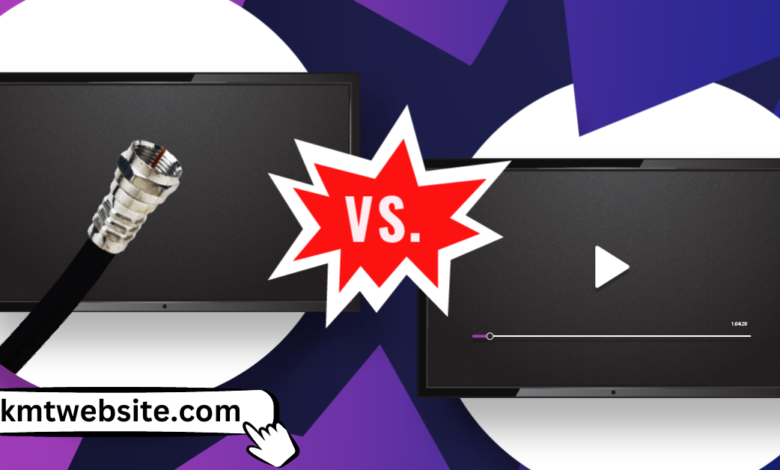Streaming TV vs Cable: What’s the Difference and Which Is Better?

When it comes to deciding what entertainment services we should sign up for in order to consume video-based content, we usually come down to two options: streaming services and cable television. While both serve the same purpose of providing visual entertainment on screens, how they do that differs significantly from one another.
Cable service providers air video content along with their dedicated TV network that they have a long-established and meticulously documented relationship with. The television industry is built on this structure, which allows you to view different TV networks depending on what TV service you have subscribed to. For instance, you can refer to the DISH TV Guide to view what TV channels you would get if you subscribe to DISH TV services. Cable TV services provide more content and are typically more reliable, at the cost of being expensive.
The newcomers in the video market are the streaming platforms. They offer services around the globe, and you can access these services on a variety of devices. The best part about streaming platforms is they don’t rely on a wired infrastructure in order to view your favorite TV shows or movies. However, you can only access a streaming platform via the internet. This, inadvertently, means they are also dependent on a connection that you don’t have any control over. The streaming platforms offer limited channels but at cheaper rates which makes it a good option for a lot of people.
In this article, we will discuss in-depth the differences between Streaming Services and Cable TV.
Cost
When Live TV streaming came into being, the one fairly evident thing was that it was way cheaper than cable. But, with top services like Hulu + Live TV and YouTube TV gaining popularity, the rates have increased significantly, and slowly but surely, the price gap is closing. Let’s have a look at the different rates of live streaming platforms:
Costs of Live Streaming Platforms
– Hulu + Live TV: $69.99–$75.99/mo. (70+ channels)
– YouTube TV: $64.99/mo. (100+ channels)
– fuboTV: $64.99–$74.99/mo. (109–156+ channels)
– Sling TV: $35.00–$50.00/mo. (30–50+ channels)
– Philo: $25.00/mo. (63+ channels)
Costs of Cable TV Services
– Suddenlink: $79.99–$129.99/mo. (225–290+ channels)
– Xfinity: $49.99–$89.99/mo. (140–220+ channels)
– Spectrum: $44.99–94.99/mo. (125–200+ channels)
– Cox: $25.00–$69.99/mo. (75–140+ channels)
There isn’t much difference in terms of cost, but it is important to note that Cable TV providers are likely to increase their monthly rates after one or two years of service when you are still under contract. However, the rates of streaming services rise year over year, making it a relatively cheaper option.
Channels
Cable TV providers offer multiple plans featuring up to 200 or even 300 channels. On the other hand, TV streaming services have only crossed the 100-channels threshold. When it comes to the number of channels offered, cable TV providers definitely win that round.
Video Quality
While on-demand streaming services like Prime Video and Netflix can reach up to 1080p, streaming is mostly limited to 360p -720p video quality. Besides that, if in any given case, your internet connection is not strong enough, the quality will decrease further and can also lead to excessive buffering.
On the other hand, Cable TV services consistently provide higher quality video definition of 1080p to 4K.
Wrapping Up
There are a couple of things we should take into account when choosing between streaming services and cable TV. They are both technologically equal. For instance, streaming services are more flexible in terms of what devices you can use, while cable providers offer dedicated apps for watching a video.
If we put all differences aside, there are two specific situations one should take into consideration. The first is what internet service is available in your area. If it is a low-quality one, the odds are you would have to face excessive buffering if you are using streaming services. The second one is how many people in your house will be viewing content on those streaming services. If a large number of people are watching different things at the same time, chances are your internet may not be able to support that—even if the streaming service allows it.
Visit for more articles: kmtwebsite.com




